Indonesia Leaving Australia In Its EV-Making Dust
JAKARTA – While underdeveloped Indonesia steams on towards a leading place in the global electric vehicle (EV) supply chain, Australians are only now waking up to the fact that their resource-rich but largely uninhabited continent has all the EV minerals to do the same.
So why is it so far behind the eight-ball in developing a technology which experts agree will play a crucial role in the energy transition from fossil-based fuel to renewables?
“They have no idea how to apply vertical integration in Australia,” says one experienced West Australian geologist involved in the search for lithium, a key ingredient in Li-ion batteries.“On top of that, labor costs are prohibitive.”
In fact, Australia's attention is currently focused solely on electric vehicle uptake, currently around the lowest in the world among advanced economies, which critics blame on a lack of minimum fuel efficiency standards and high import taxes.
A report by The Australian Institute's Centre for Future Work noted that the recently-deposed Scott Morrison government was actually antagonistic towards EV vehicles and the growing shift from petrol-fuelled to electric transport.
“When it comes to creating an EV manufacturing sector, Australia enjoys advantages other nations would die for,” said lead author Mark Dean, listing not only its rich store of minerals but also a strong industrial infrastructure, a skilled workforce and abundant renewable energy options.
Australia boasts the world's largest reserves of nickel (19.5 million tonnes) and ranks among the top five in lithium (6.3 MT), manganese (3.2 MT), cobalt (1.4 MT) and graphite (7.4 MT) – the five main components needed to launch a battery industry.
By next year, its top-ranked exports of Western Australian lithium are forecast to earn US$9.4 billion in revenues for an economy where the mining industry's gross value added (GVA) contributed $200 billion to state coffers in 2020.
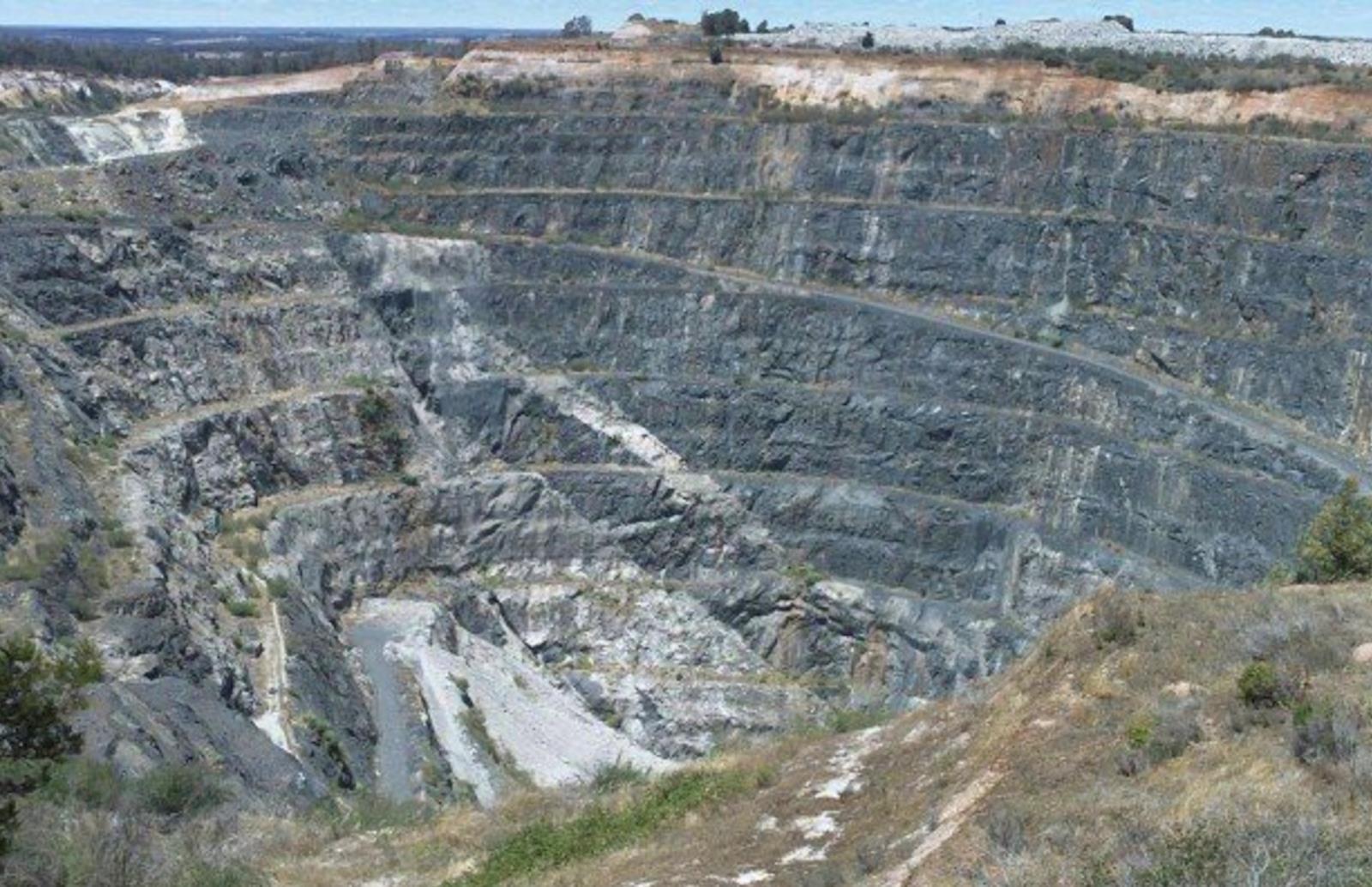
A lithium mine in Australia. Image: Facebook
“If you want to compare an EV battery to cooking, we have all the ingredients to make a delicious cake in our panty,” Allison Britt, a director at Geoscience Australia, told ABC Australia in one of several chest-thumping reports in the domestic media.
“The challenge for Australia is 'do we want to continue doing what we are doing … selling some of those ingredients to cake makers overseas, or do we want to take that next step?' That's where we are with the battery situation right now.”
Indonesia took that step back in 2009 with the passage of a controversial new mining law laying out an ambitious value-added policy in which simply exporting mineral ore was seen to be depriving the country of billions of dollars in revenues.
Copper was then the focus, largely because of the presence of Freeport McMoRan Copper & Gold's fabulously-rich Grasberg mine. Once turned into concentrate at the mine site, however, the huge investment required to smelt it into copper matte only added 5% in value.
What critics ignored at the time was Indonesia's massive reserves of nickel, mostly on the islands of Sulawesi and Maluku, and the greater value to be gained from initially processing the mineral into nickel pig iron and from there into stainless steel and nickel alloy steel.
Then came the birth of the EV age and the arrival of a flood of mainland Chinese and South Korean investment, allowing President Joko Widodo to set a course that is transforming the archipelago into a newly-industrialized power.
While sales of EVs in Europe have already overtaken diesel vehicles, the conservative Australian governments of Morrison and predecessor Tony Abbott did virtually nothing to put the so-called“lucky country” at the forefront of the EV revolution.
Intellectual Donald Horne, who coined the phrase in a 1964 book of the same name, argued that Australia was burdened by an under-creative and second-rate political elite which didn't think it was the state's role to take a lead on business issues.
In Indonesia, the opposite has been the case. Widodo and his right-hand man, chief investment minister Luhut Panjaitan, have led from the front all the way, sometimes to the discomfort of Indonesians worried about the country falling too deep into China's pocket.
Panjaitan, a hard-charging former four-star general, has no such qualms.“We invited everybody and no one came, except China,” he told Asia Times in a 2021 interview.“So they are welcome and they are easy to deal with.”
Often disdainful of the promise offered by its giant neighbor, Australians are now being compelled to watch the commanding lead Indonesia has taken with Southeast Asia's first EV battery plant due to go into production next year.
The $1.1 billion joint venture between South Korea's LG Group, Posco, Huayou Holding and state-owned consortium Industri Baterai Indonesia will supply batteries to South Korean automaker Hyundai's $1.5 billion electric vehicle factory near Jakarta.
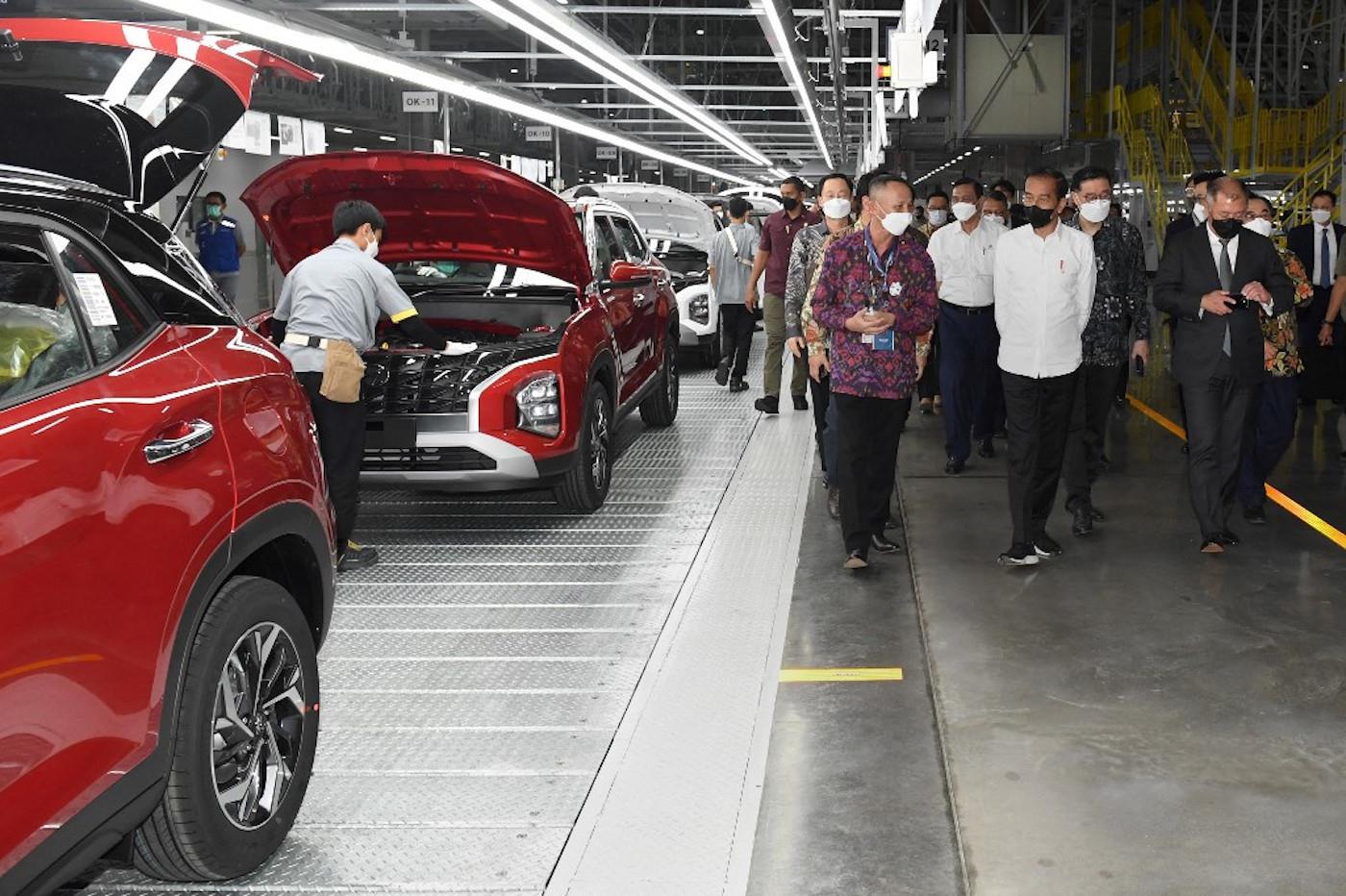
Indonesia's President Joko Widodo (2nd R-in white) visiting a Hyundai factory which produces the electric car“Ionic 5” in Bekasi, West Java, March 17, 2022. Photo: Presidential Palace / Handout
According to the Investment Coordinating Board, Toyota, Mitsubishi Motors, Honda, Volkswagen and billionaire Elon Musk's Tesla have all reportedly committed to building EV factories in Indonesia.
With Chinese battery maker Contemporary Amperex Technology (CATL) and steel giant Tsingshan and affiliated firms developing their own battery plants, Indonesia expects its fully-integrated supply chain to reach a capacity of 140 gigawatt-hours by 2030.
“Indonesia is the undisputed king of the nickel world,” independent Australian consultant Steven Brown told last month's Nickel Summit 2022 in Jakarta.“Batteries that contain nickel provide the highest energy density and the best performance.”
“It's an exciting time,” said Justin Werner, managing director of Nickel Industries Ltd, which since 2009 has been supplying ore to Tsingshan, the main operator of the Morawali and Weda Bay nickel processing centers in Central Sulawesi and Maluku.
Werner sees a“greener form of nickel” with the opening of a 30,000-hectare industrial park in North Kalimantan, which will draw all of its power from a planned $17 billion hydroelectric complex, part of China's Belt and Road Initiative (BRI).
Due to go into operation in 2026, the world's largest green industrial area will ultimately produce aluminum, sodium-ion, lithium-ion, semi-conductors and also petrochemicals supplying products for the country's textile industry.
Nickel-based batteries come at a high cost, which explains why other alternatives are gaining popularity, especially for short-range city vehicles. But experts say, ultimately, nickel demand continues to grow and that won't change for some time.
Battery growth will depend on nickel production, which will have to increase to about one million tonnes of annual capacity by 2030, in addition to what is being produced today, for a renewable future to become reality.
Growth is happening, with the market likely to come back into surplus this year. But while the rest of the world struggles to prevent a slide in production, Indonesian output has been growing at an unprecedented rate.
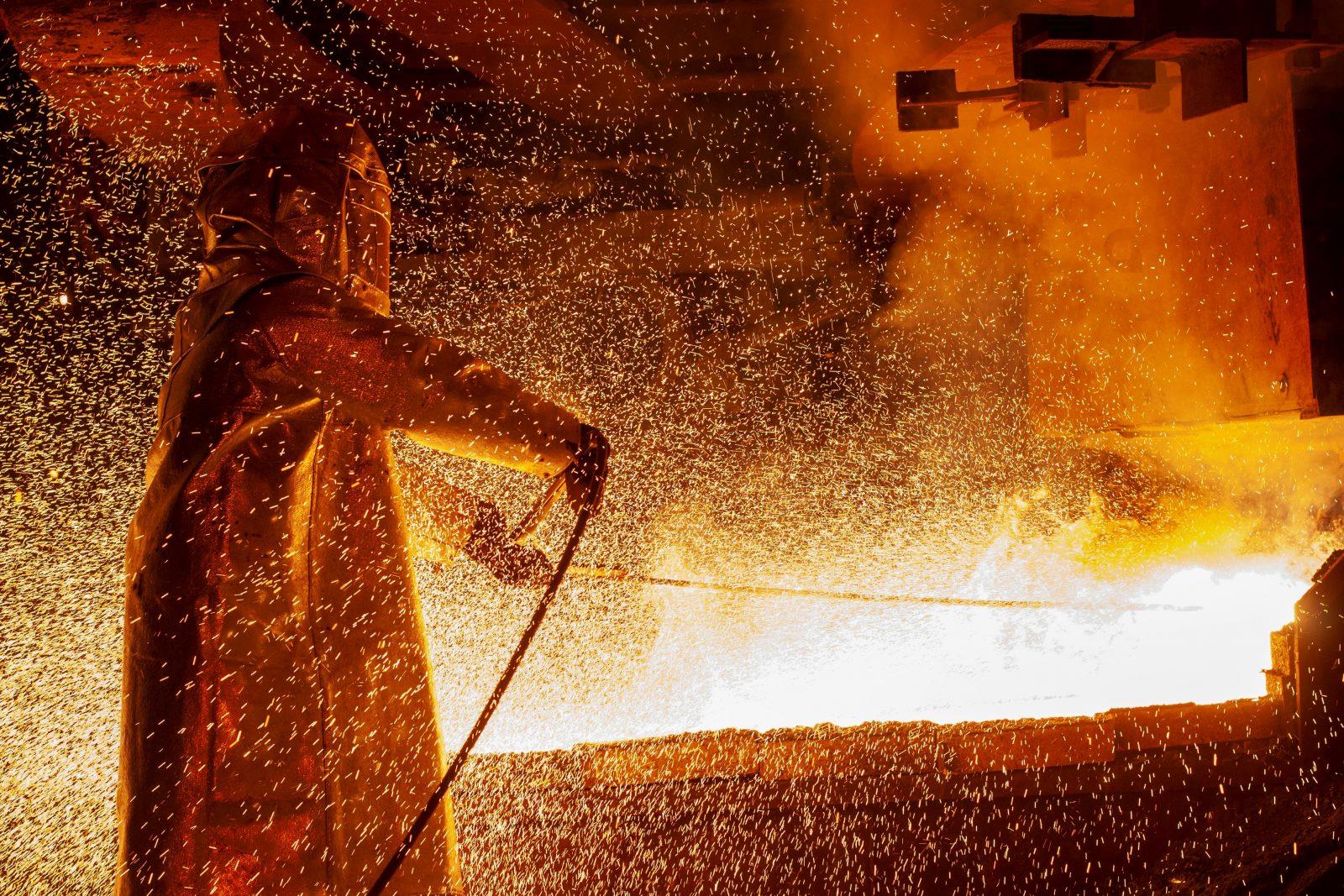
A worker mans a furnace during the nickel smelting process at Indonesian mining company PT Vale's smelting plant in Soroako, South Sulawesi. Photo: AFP / Bannu Mazandra
There are two types of nickel ore – sulfides, common in Canada, Russia and Australia, and laterites, found mostly in Indonesia, the Philippines and New Caledonia.
Experts say sulfides are largely depleted and, because they are deep underground, are costly to mine. Laterites are abundant, close to the surface and have a low cost of extraction – and that's why Indonesia now leads the world.
Most of its growth in nickel has been in class two deposits, only suitable for the stainless steel market and not for making batteries. But over the past year, several class one mines have opened and many more are under construction.
Indonesia remains more attractive than elsewhere because it requires lower capital expenditure and timelines are shorter. While environmental, social and governance (ESG) risk is perceived to be higher, it has not been a deterrent.
Indonesia is already the world's largest nickel-producing country, supplying more than 950,000 tonnes in 2021, or 35% of global production. Australia produced 153,400 tonnes last year, a substantial drop on previous years.
Jakarta is now considering a progressive tax on nickel exports, beginning with a 2% duty on ferronickel and nickel pig iron – or products with less than 70% nickel – to encourage further downstream investments.
“Without Indonesia nickel, there will be no energy transition,” says Brown, noting the“tremendous” benefits it is bringing to the country and the fact that before 2009 Indonesia had only two operating nickel plants.
The passage of the mining law that year saw a massive increase in the amount of nickel ore being exported to China with hardly any value-added boost to state revenues.
But in 2014, Widodo's new government finally got tough by enforcing a total ban on ore exports – a move that resulted in a huge amount of new investment. The government now expects 30 smelters to be in operation by next year.
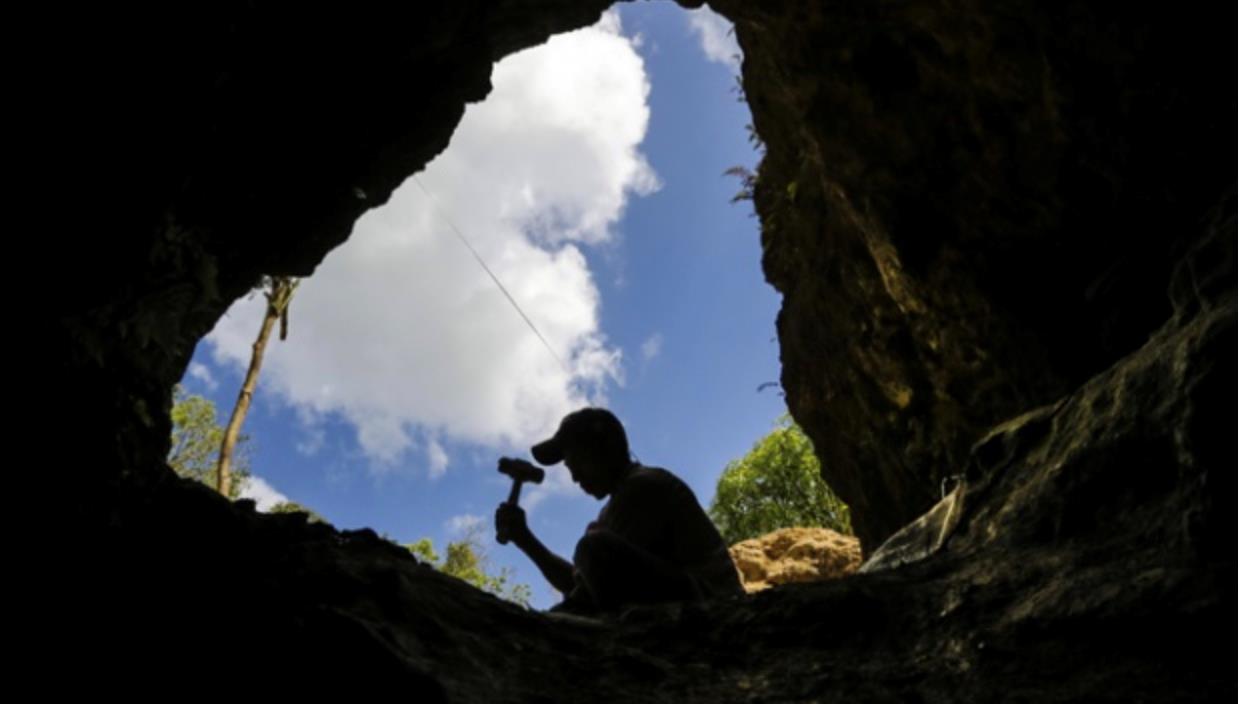
Indonesia's earlier ban on raw ore exports is starting to pay off for its EV industry. Photo: Facebook
Indonesia's plan to triple production by 2030 has raised new concerns about the impact on the environment, a major factor when climate change and decarbonization drives the trade policy decisions of major Western countries.
In the past two years, ESG criteria have gone from being a footnote at the back end of any feasibility study to where it has become the governing principle of nickel projects.
Brown says that because Indonesian ore deposits tend to be thin, close to the surface and sporadic in nature, mines often require a massive footprint, encroaching into tropical rainforest that contains some of the world's most unique species.
In Sulawesi and Halmahera, the home of most of Indonesia's nickel reserves, mining has also dealt a blow to the aquatic environment, with experts warning that the water leaking from mines can be toxic and also cause sediment damage to the coastline.

Legal Disclaimer:
MENAFN provides the
information “as is” without warranty of any kind. We do not accept
any responsibility or liability for the accuracy, content, images,
videos, licenses, completeness, legality, or reliability of the information
contained in this article. If you have any complaints or copyright
issues related to this article, kindly contact the provider above.
Most popular stories
Market Research

- Japan Well Intervention Market Size To Reach USD 776.0 Million By 2033 CAGR Of 4.50%
- Vietnam Artificial Intelligence Market Size, Share, Growth, Demand And Report 2025-2033
- Industrial Hose Market Size, Trends, Growth Factors, Latest Insights And Forecast 2025-2033
- Nutritional Bar Market Size To Expand At A CAGR Of 3.5% During 2025-2033
- What Does The Europe Cryptocurrency Market Report Reveal For 2025?
- North America Perms And Relaxants Market Size, Share And Growth Report 2025-2033



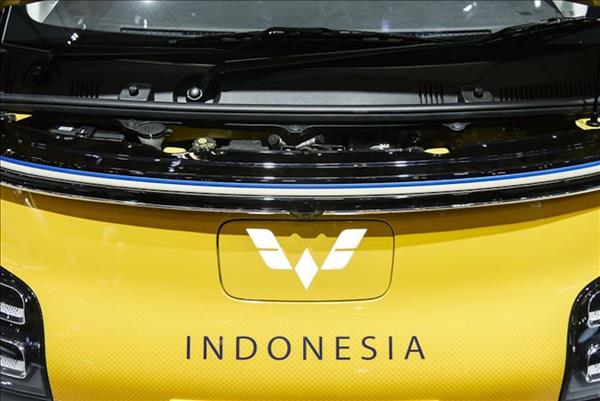

















Comments
No comment